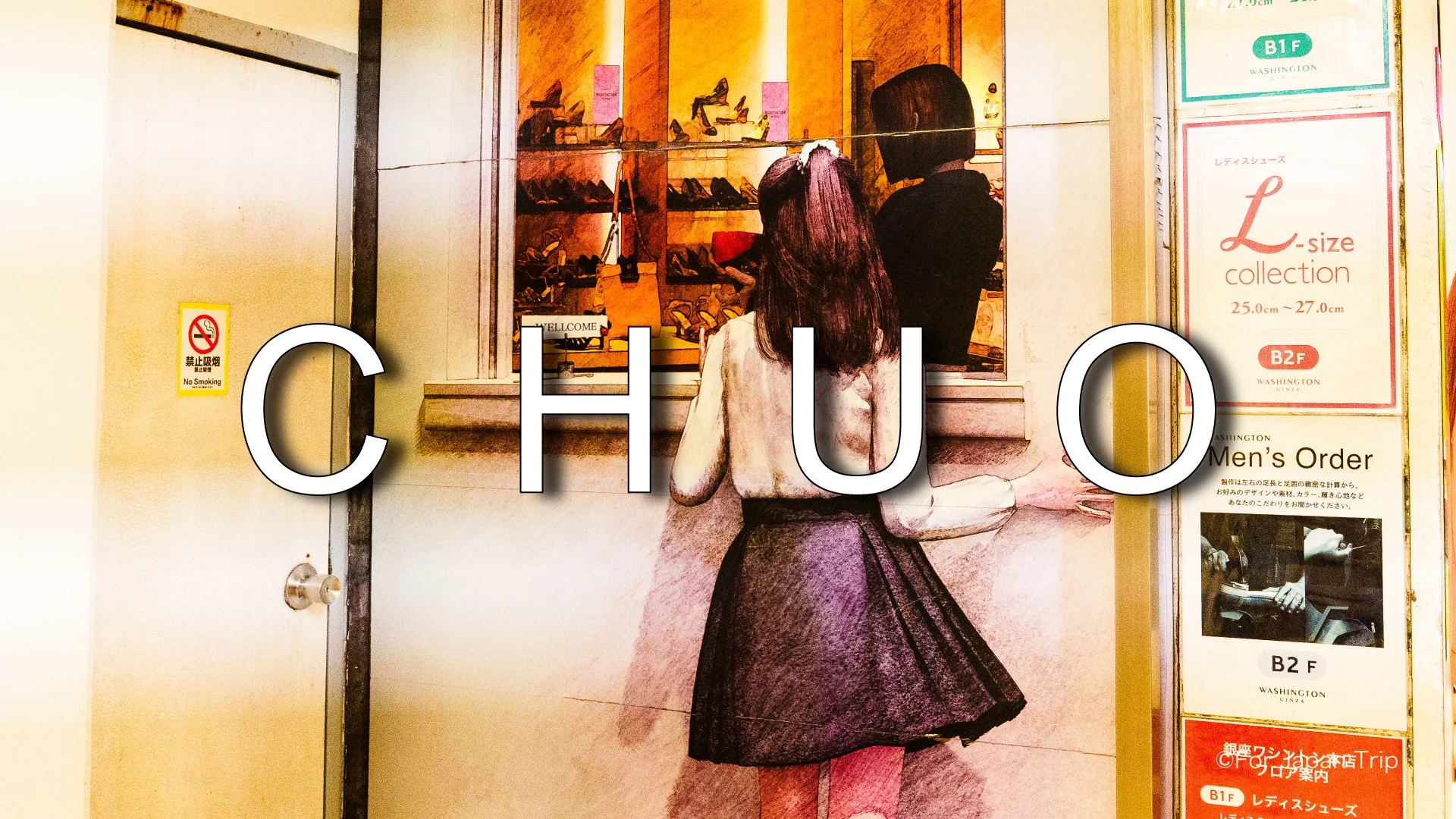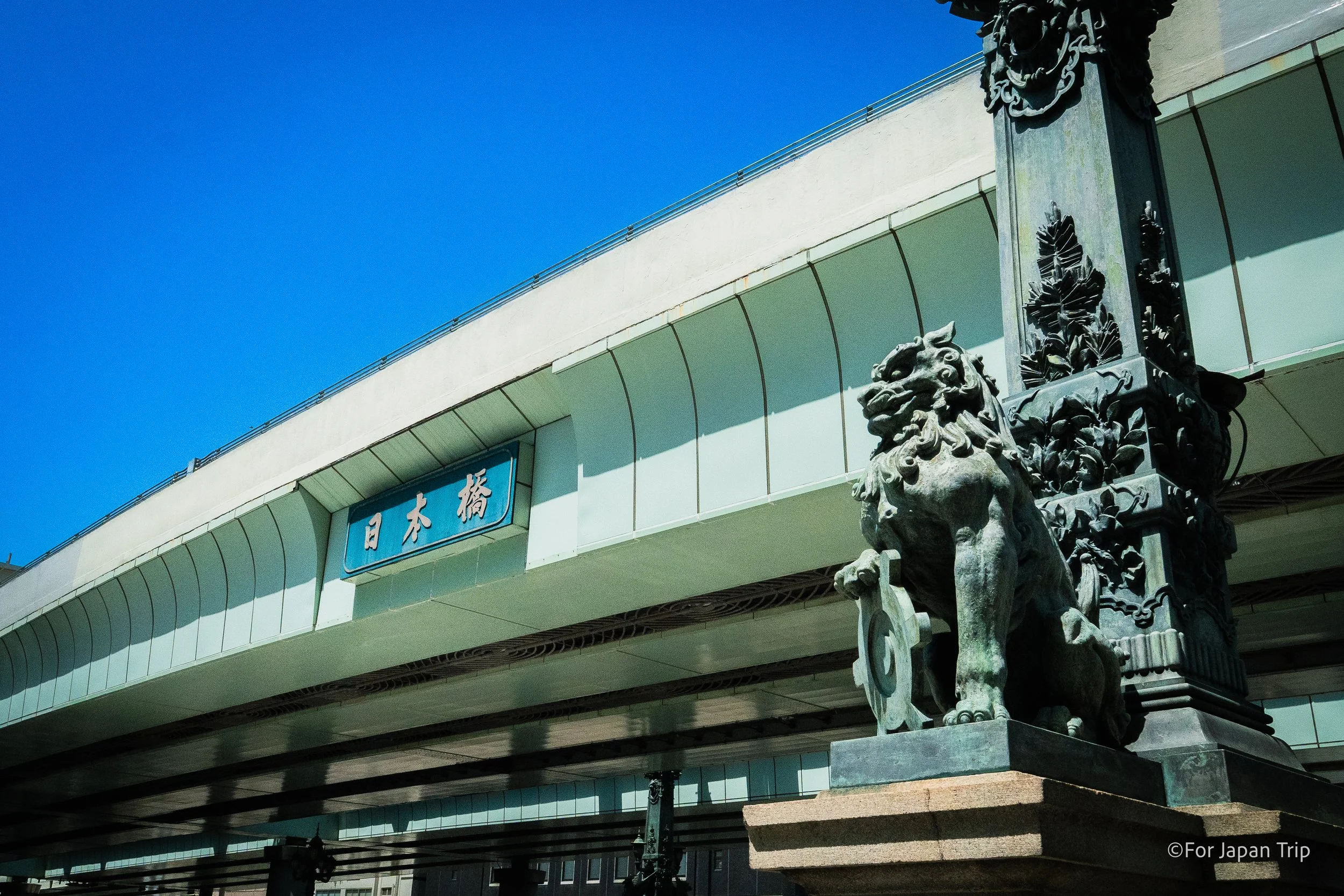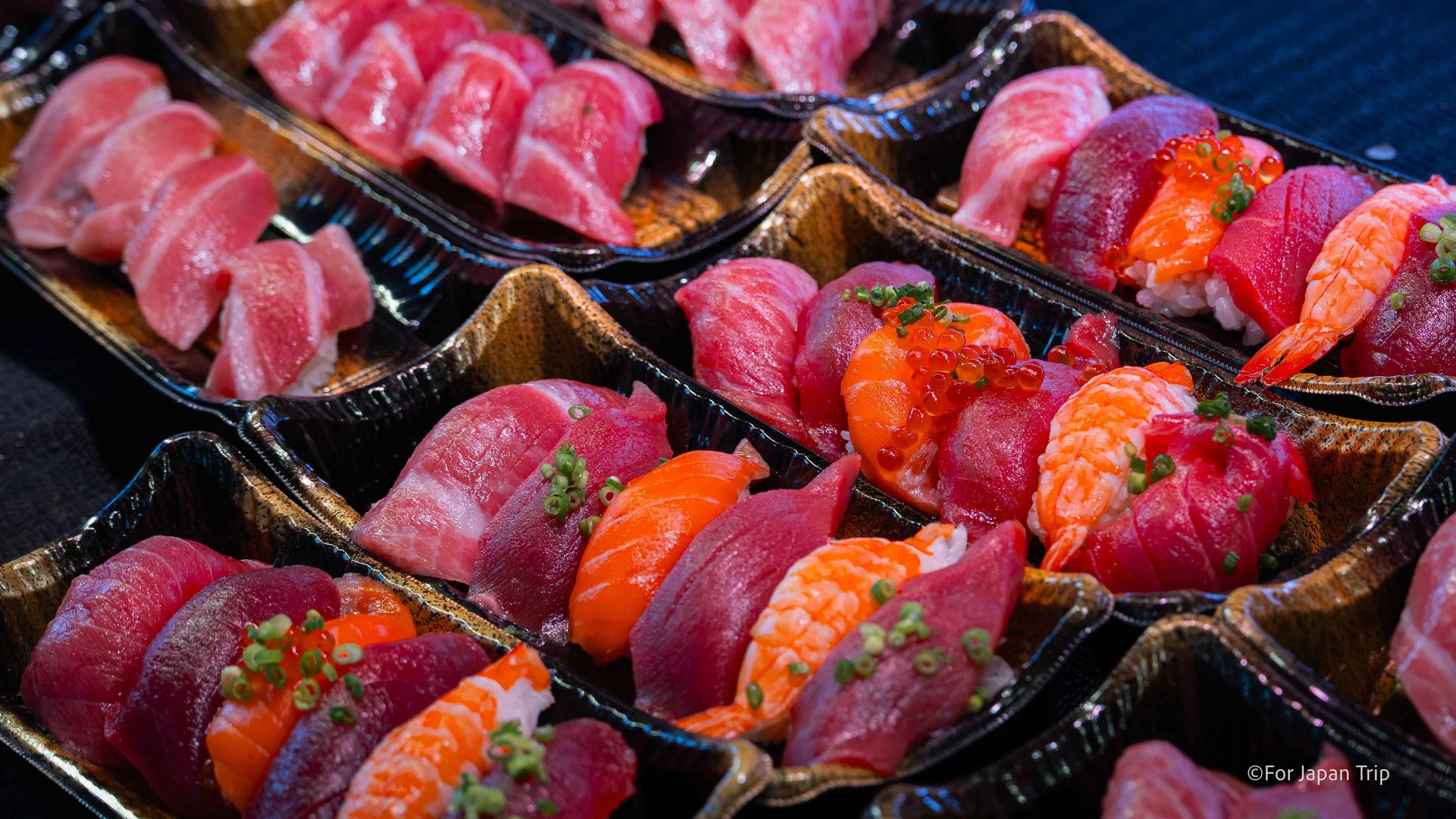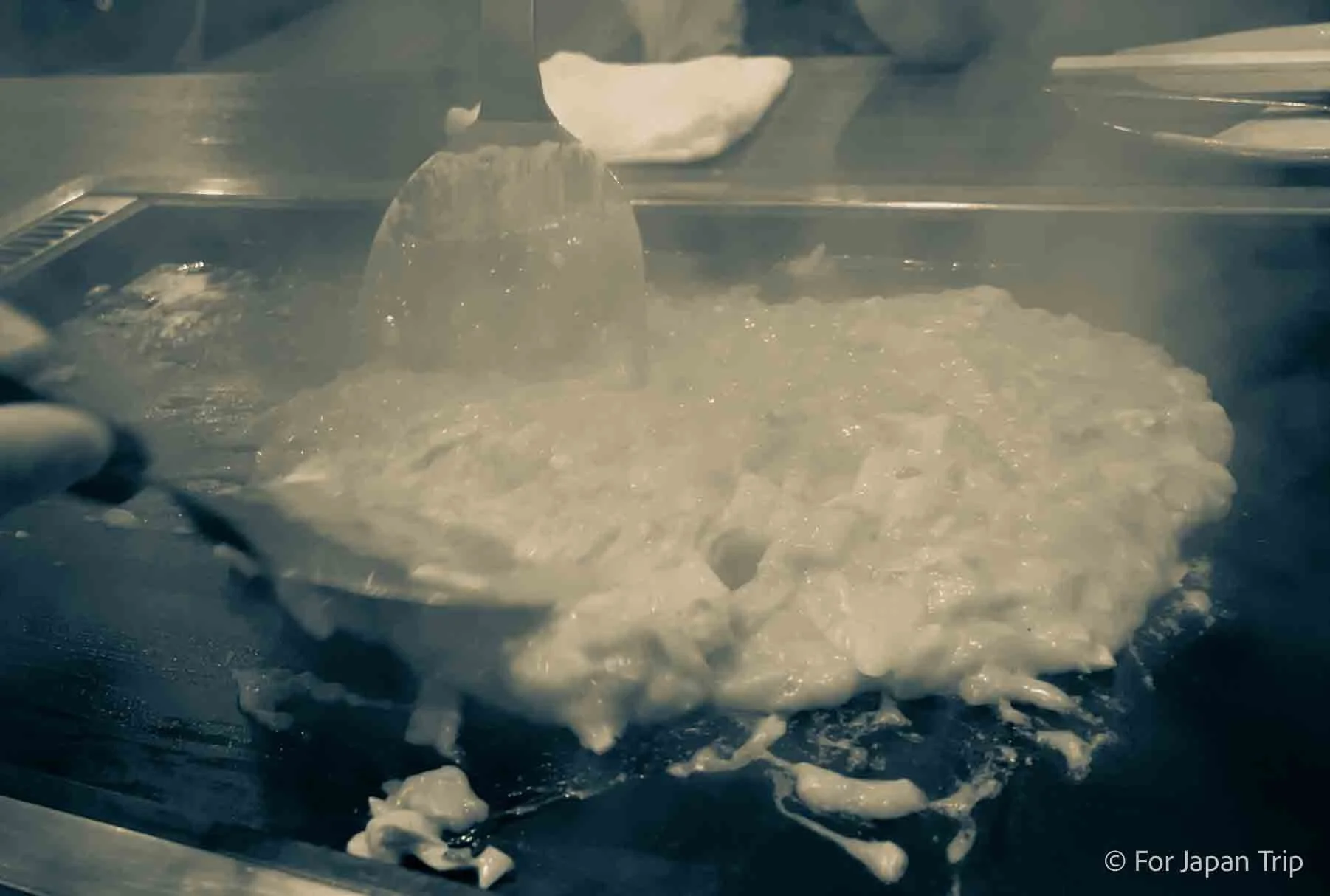Top 5 Attractions in Chuo-ku Tokyo, Travel Guide
※updated on July 10 2025
This area is packed with world-renowned districts, making Chuo City a dynamic mix of luxury, tradition, and local flavor.
Located at the heart of Tokyo’s 23 cities, Chuo City is a hub of history, commerce, and culture.
Ginza especially is famous for its high-end boutiques and glitzy atmosphere 💎👜, attracting both locals and international tourists alike. But Chuo City isn’t just Ginza — there’s so much more to explore! 🧭✨
1) Sukiyabashi Crossing 🚦- Next Shibuya Crossing
Just a 1-minute walk from Tokyo Metro Ginza Station and 3 minutes from JR Yurakucho Station, you’ll find the Sukiyabashi Crossing—a central spot in the upscale Ginza area. While it may not see the same level of pedestrian chaos as the famous Shibuya Scramble Crossing, the area is surrounded by iconic shopping and cultural spots that offer a distinctly elegant Tokyo experience.
Admire the unique exterior of Tokyu Plaza Ginza, inspired by the traditional Japanese craft Edo Kiriko (cut glass). Don’t miss the newly re-opened Ginza Sony Park, which had its grand opening in January 2025, blending technology, nature, and creativity. And of course, stop by the beloved Fujiya store—famous for its classic Japanese candies and sweets 🍬.
Take a stroll, look around, and soak in the charm of this stylish and culturally rich neighborhood in the heart of Tokyo.
📍 Address: 5 Ginza, Chuo City
🕒 Opening Hours: 24 hours
🎟️ Price: Free
🚉 Access: 1 min from Ginza Station
2) Nihombashi Bridge 📸
Just a 10-minute walk from JR Tokyo Station, you’ll find a bridge that laid the foundation for the capital city itself: Nihombashi (literally “Japan Bridge”).
Nihonbashi was originally constructed in 1603, the year the Edo period began. At that time, Japan had a system where regional lords (daimyo) were required to make regular journeys to Edo (modern-day Tokyo). To facilitate these long travels, five major road—known as the Gokaido (Five Routes)—were developed, all starting from Nihonbashi. This made the bridge a symbolic and strategic starting point for journeys across Japan, linking the capital with all corners of the country.
Atop the bridge stands a statue of a kirin, a mythical creature in East Asian folklore. Traditionally, a kirin does not have wings. However, the one on Nihonbashi does—and this unique design carries a powerful message. The winged kirin represents departure and advancement. Just as the bridge connects Edo (Tokyo) to the rest of Japan, the wings symbolize the launching of new journeys and ideas, both to and from the capital. It’s a reminder of progress, ambition, and the spirit of moving forward.
For those looking to renew their goals, make a fresh start, or simply reflect on their path, Nihonbashi offers inspiration rooted in centuries of tradition and purpose.
✨ Whether you're a history buff, a photography lover, or a traveler chasing meaning in every step, Nihonbashi is more than just a bridge—it's where journeys, both literal and symbolic, begin.
📍 Address: 1 Nihonbashi-Muromachi, Chuo city
🕒 Opening Hours: 24 hours
🎟️ Price: Free
🚉 Access: 2 min from Nihonbashi Station
3) Tsukiji Outer Market 🍣🐟🥢 -Fish Market-
Just a few minutes' walk from Tsukiji Station on the Tokyo Metro, you’ll find the Tsukiji Outer Market —a better-visit destination for food lovers from around the world.
Although the inner wholesale market—famous for its tuna auctions—was relocated to Toyosu in 2018, over 400 shops and restaurants still remain in the Tsukiji Outer Market. These long-standing establishments continue to serve up super-fresh seafood and traditional Japanese flavors to locals and international visitors alike.
Here, you can indulge in authentic sushi, kaisendon (seafood rice bowls), and other delicacies made from the day’s freshest catch. It’s one of the best places in Tokyo to enjoy, top-quality seafood in a lively, traditional setting.
🍳Beyond fish, Tsukiji is also famous for classic Japanese street foods such as dashi-maki tamago (rolled omelet), a sweet and savory treat that has been loved for generations.
Whether you're a foodie or simply curious about Japanese culinary culture, Tsukiji Outer Market is a perfect place to experience the flavors, sights, and sounds of Tokyo's rich food heritage.
📍 Address: Tsukiji 4-chome and part of 6-chome, Chuo city
🕒 Opening Hours: varies by store
🎟️ Price: varies by store
🚉 Access: 3 min from Tsukiji Station
4) Tsukishima Monja Street
Monjayaki is a savory Japanese food made by mixing flour-based batter with chopped cabbage, tempura flakes, and various other ingredients, then grilling it on a hot iron plate. Unlike the fluffy texture of Osaka's famous okonomiyaki, monjayaki has a gooier, more liquid-like texture that has won the hearts of locals and visitors alike.
The birthplace of monjayaki is said to be Tsukishima, a neighborhood in Tokyo known as the home of monjayaki. Just steps from Tokyo Metro's Tsukishima Station, you’ll find “Monja Street”, a famous street lined with more than 70 monjayaki restaurants.
Each restaurant offers its own twist on monjayaki, with unique ingredient combinations such as seafood 🦐, spicy cod roe (mentaiko), and pork 🐷. Choosing the right flavor is part of the fun!
If it’s your first time, you might feel unsure about cooking the ingredients on the iron plate. Don’t worry—feel free to ask the staff by saying, “Can you cook it for us, please?” They’re happy to help!
The gooey texture of monjayaki pairs perfectly with a cold drink 🍺, making it a must-try local gourmet experience.
Visit Tsukishima and enjoy the one-of-a-kind taste of authentic monjayaki, a true hidden gem of Tokyo’s food culture!
📍 Address: Tsukishima, Chuo city
🕒 Opening Hours: varies by store
🎟️ Price: varies by store
🚉 Access: 1 min from Tsukishima Station
5) Ginza
When it comes to luxury and sophistication in Tokyo, few places rival the charm and prestige of Ginza. This upscale neighborhood is lined with flagship stores from the world’s most renowned fashion and lifestyle brands, making it a global destination for shoppers seeking elegance and style.
Ginza is not just about luxury shopping—it’s also a cultural and architectural icon. Some of its highlights include:
⏱️ Seiko House – A symbol of Ginza and Japan’s proud watchmaking history.
🏬 Ginza Mitsukoshi – One of Japan’s most historic department stores, offering timeless quality and service.
🆕 GINZA SIX – A modern shopping and lifestyle complex that redefines luxury with its sleek design and curated boutiques.
🎵 Ginza Sony Park – A unique space where music, art, and entertainment converge, offering a fresh, interactive experience right in the heart of Ginza.
Whether you're looking to explore high-end fashion, experience Japanese retail excellence, or just stroll through stylish streetscapes, Ginza is the ultimate destination for luxury, culture, and innovation in Tokyo.
There are so many famous tourist attractions in Chuo city, so please take time to visit Chuo-ku.
Nearby Areas








